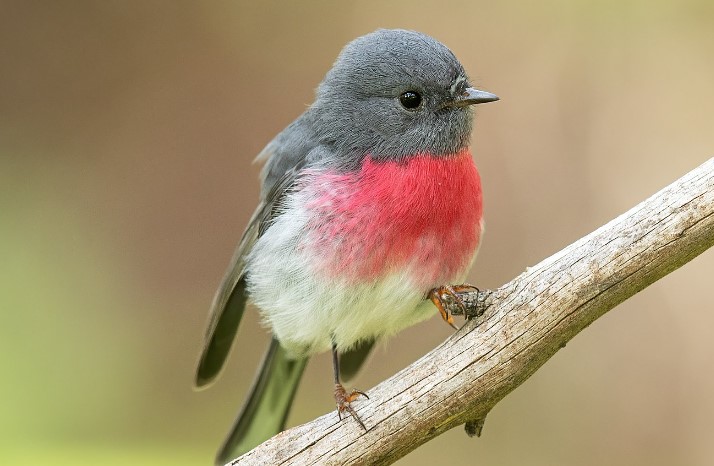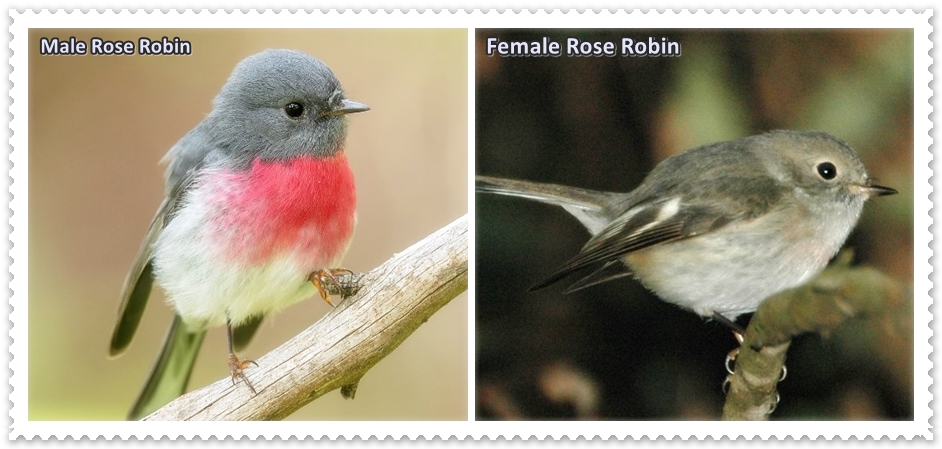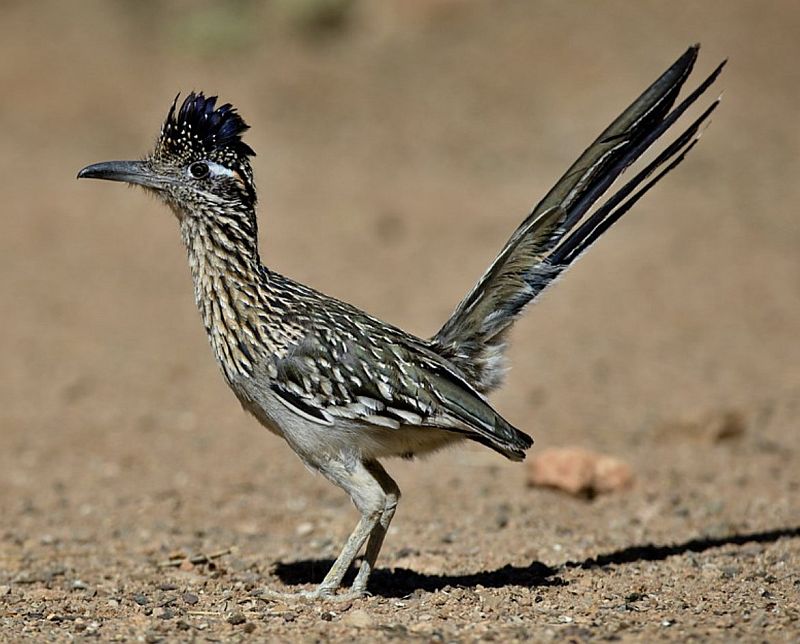Behavior: Rose Robin lives in the dense forests of eastern Australia and is delicate in its form and toning. A rose robin can be found in both rainforests and in gullies in sclerophyll forests filled with trees, ferns, and Blackwood Acacia melanoxylon. It breeds mainly in high-altitude rainforests in the north but spreads out into dense forests almost until it reaches sea level in the south. This small passerine bird belongs to the Petroicidae family and is a sexually dimorphic member.
Habitat: One of the more arboreal species of Australian robins, this bird is unobtrusive. Habitats include moist lowland forests in subtropics and tropicals, particularly gullies and valleys. During most of the year, this robin forages in the middle and upper storerooms of the forest, rarely taking to the ground except for a few brief periods during winter.
A flycatcher is also more similar to it in terms of how it feeds. In tumbling pursuit, its tail is fanned as it flits through the foliage, picking insects off leaves. Their long tails and drooping wings are characteristic of rose robins when perched on a perch. There are often birds of passage in lighter woodlands and even urban gardens, which are silent. Throughout southeastern Australia, Rose Robins are among the primary fosterers of Brush Cuckoos.

Diet: Food sources include spiders and bugs such as jewel beetles, leaf beetles, leaf-eating beetles, flies, moths, ants, wasps, cicadas, and chinch bugs, along with leaf beetles, leaf-eating beetles, and weevils. To dispatch large prey, the predator takes them to a perch.
Migrations: During migration, rose robins move from one location to another. Autumn is the time when they leave breeding territories, both to lower altitudes where it is warmer and to the north. A few reach rainforest ranges in central eastern Queensland, while others leave Victoria for rainforest ranges in the Mt Lofty Ranges.
Breeding: The birds are either solitary or in pairs, depending on whether they are breeding, wintering, or en route between them. The same breeding territory may be used year after year by members of established pairs. When male rose robins are immature, they may breed. Nest building and incubation are done by the female, while feeding is done by the male; both feed the nestlings. During the months of September–October to January–February, nesting and breeding take place. Pallid, brush, and Horsfield’s bronze cuckoos are parasitizing rose robins.
Nest: Up to three broods may be raised in a season, each of which is disbanded shortly after fledging. Nest building takes 14–15 days, but as little as seven days for later broods. A nest made of green moss and fiber bound with cobwebs and decorated with camouflaging lichen. A mossy, lichen-spotted fork or horizontal limb is used as the nest site; it measures 40 x 31 mm on the inside and is lined with fur and planted down. Nests are found above ground in leafy cover, one to two meters high.
Eggs: The rose robin lays two or three eggs of pale green-grey or blue-grey color with brown markings concentrated in the larger end of the egg. The eggs are rounded-oval, about 17 x 14 mm in size. It takes about 13 days for the female to incubate.
Identification: There is no close relationship between the rose robin and either the European robin or the American robin, as all Australian robins are not closely related.
Male: The upper parts are slate-grey with a small white spot on the forehead. The wings and tail are plain gray-tinged brown; the outer tail feathers are white-tipped and edged. The throat is slate-grey, the breast has a small rose-red patch, and the belly and undertail are white in color. There is a dark brown color to the eyes. There is a dusky color on the bill and the feet, and yellow or orange on the soles.
Female: brownish gray on the upper parts. There are buff-white spots on the forehead. Wings are browner, with two broken buff-white bars running through the flight feathers. Tails have whitish outer shafts and dark brown bodies. Pale gray is the color of the underside. Breasts can be flushed rose-pink, while the belly and undertail are whiter. The eyes, the bill, and the feet are the same as those of a male.
Immature: The wing bars are often buffier than those on adult females. On brown, juveniles have fine buff-white mottling.
Call: Rose Robins call in low, weak, piping notes, or dry ticking like a small twig snapping by both sexes. Robins are chirping in alarm.
Song: During the singing, a male Rose Robin sings reee-areee-areee, a low, reedy trill.
Distribution: Southeastern Australia’s wet mountain ranges and coastal forests, north to the Macpherson Range, Queensland, and south to southwestern Victoria, are breeding grounds. Migration from the Clarke Range in Queensland and the Mount Lofty-Flinders Range in South Australia due to out-of-breeding Tasmania is not home to this species. The species inhabits gullies and valleys in wet sclerophyll forests and rainforests, and in cooler months, it disperses to drier forests.
Alternative Names: It is also called the Rose-breasted Robin.
Size: The size of a rose robin is about 115–125 mm in length.







